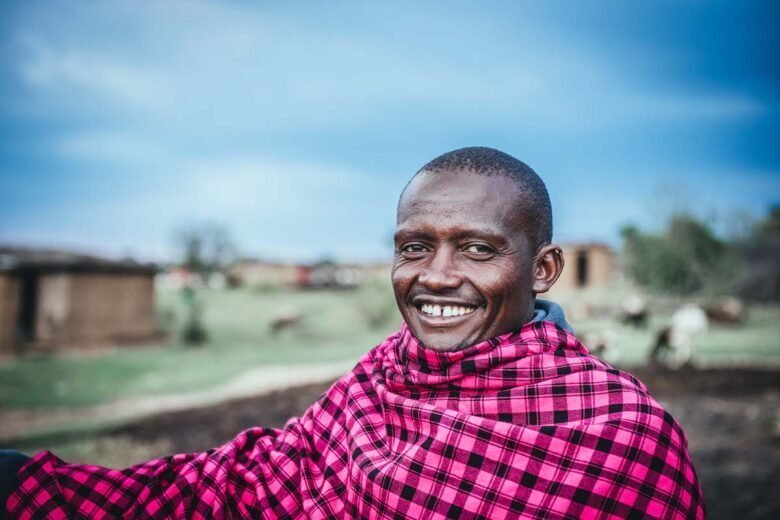The Masai Mara is a destination that promises unforgettable moments, from witnessing the breathtaking Great Migration to experiencing the warm hospitality of the Maasai people. Known for its iconic savanna landscapes and diverse wildlife, the Masai Mara’s appeal is timeless. However, to fully enjoy your safari, understanding the Masai Mara weather is essential. From sunny plains to dramatic rains, this guide will walk you through what to expect during each season and how to prepare for your adventure.
Overview Masai Mara Weather
The Masai Mara enjoys a temperate, tropical savanna climate, making it accessible year-round. Temperatures are generally mild and pleasant, ranging between 50°F (10°C) during the cooler nights and 85°F (29°C) during the warmest days. However, the region experiences two rainy seasons that bring dramatic changes to the landscape and rhythms of life in the Mara.
Understanding this cyclical weather pattern will help you decide the best time to visit based on your preferences, from avoiding the rains to catching the iconic wildebeest migration. Here’s a detailed look into the Masai Mara weather, month by month.
Month by Month Weather Breakdown
January To March Warm and Dry
During these months, the Masai Mara experiences warm, dry weather, with daytime temperatures averaging between 75°F (24°C) and 85°F (29°C). The lush landscapes begin to dry, making wildlife easier to spot as animals congregate near the remaining water sources. This period offers clear skies and excellent conditions for game drives.
What to Pack:
- Lightweight, breathable clothing in neutral tones
- Wide-brimmed hat for sun protection
- Sunscreen and sunglasses
- Sturdy shoes for game walks
Travel Perks:
- Reliable weather with minimal rain
- Ideal for wildlife viewing
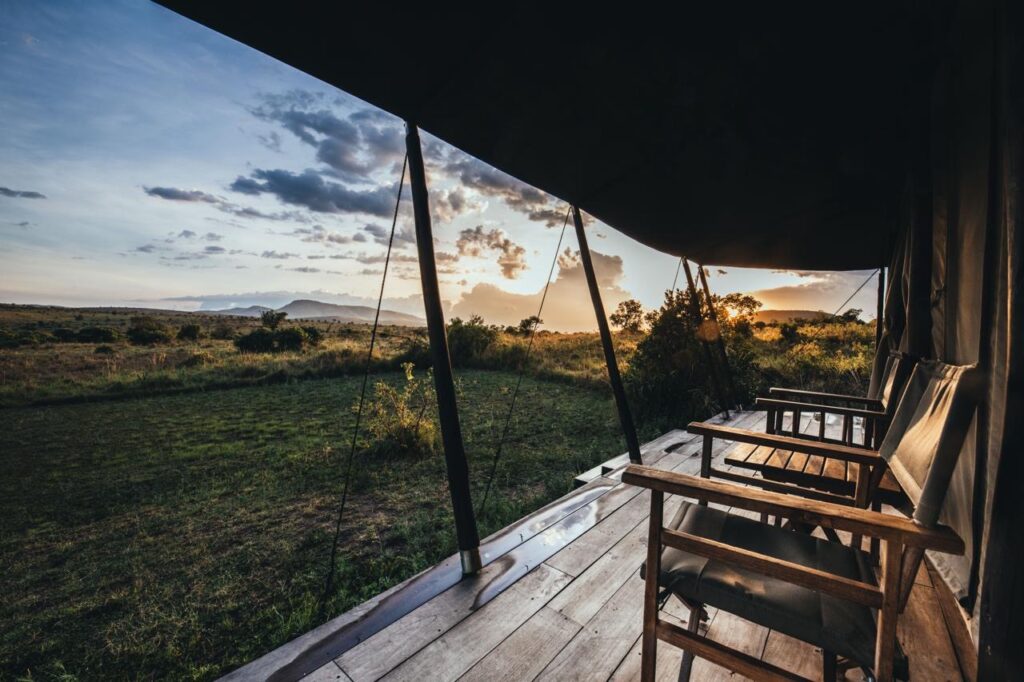
April to May Long Rains Season
April and May mark the long rains season when the Mara transforms into a lush, verdant paradise. While downpours are frequent, they’re often short-lived, with bursts of sunshine in between. Wildlife activity remains high, but the number of tourists drops significantly during this time, making it ideal if you prefer quieter safaris.
What to Pack:
- Waterproof clothing and boots
- Lightweight rain jacket
- Quick-dry trousers and shirts
Travel Perks:
- Stunning green landscapes
- Fewer tourists and quieter lodges
- Excellent birdwatching opportunities
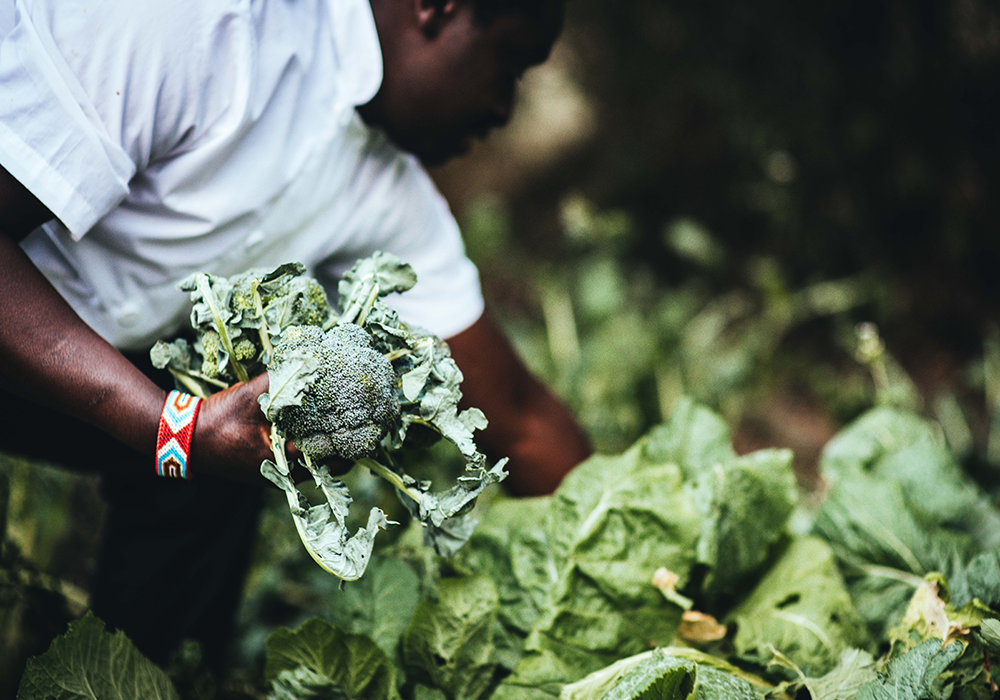
June to August Cool and Dry
This is the dry season and also the busiest safari season in the Masai Mara. The mornings and nights can be quite chilly, with temperatures dropping to around 50°F (10°C), but the days remain clear and mild. These months are marked by anticipation for the Great Migration, as herds of wildebeest and zebras begin their movement towards the Mara from Serengeti.
What to Pack:
- Layers, including a fleece jacket or sweater
- Warm clothing for morning and evening game drives
- Binoculars for long-distance wildlife viewing
Travel Perks:
- Clear skies and incredible visibility
- Peak safari conditions and migration arrivals
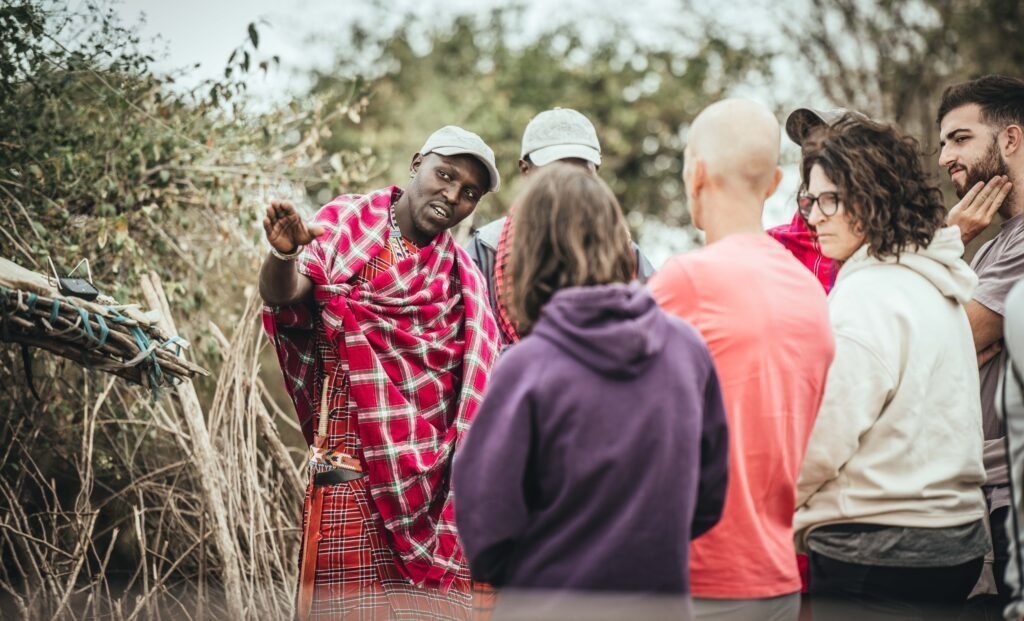
September to October Peak Safari Time
If you’re visiting the Masai Mara specifically to witness the legendary Great Migration, this is the window to aim for. The weather is balanced, with daytime highs in the 70s°F (24–26°C) and only occasional showers. The plains buzz with activity as large predator-prey interactions unfold.
What to Pack:
- Comfortable, lightweight clothing with layers for cooler mornings
- A good-quality camera for capturing dramatic moments
- Sunscreen and insect repellent
Travel Perks:
- Dramatic scenes of the migration and river crossings
- Perfect conditions for photography
November to December Short Rains
The short rains return in November and December, creating another surge of greenery and a fresh, revived landscape. While short bursts of rain are frequent, they rarely disrupt daily activities. This is also the low season, offering great deals on accommodations.
What to Pack:
- Light rain gear, such as a packable rain jacket
- Waterproof footwear
- Layers for fluctuating temperatures
Travel Perks:
- Affordable safari options and fewer visitors
- Renewed wildlife activity
What to Pack for Your Masai Mara Safari
Proper packing is essential for a comfortable and enjoyable safari experience. Here are some practical tips tailored to the region’s weather conditions:
- Layered Clothing: The Mara’s temperatures vary drastically between day and night, so bring layers that can be easily added or removed.
- Sun Protection: Pack sunscreen, sunglasses, and a wide-brimmed hat to shield yourself from the sun.
- Repellent: A quality insect repellent is a must for evenings.
- Binoculars: Enhance your wildlife spotting experience by packing binoculars to get close-up views of animals.
- Comfortable Footwear: Whether for bush walks or wandering around the lodge, pack sturdy, comfortable shoes.
- Waterproof Daypack: Keep your essentials dry during the rainy months with a waterproof day bag.
Quick Tips for Navigating the Weather
- Best Time for Wildlife: July to October is prime time for witnessing the Great Migration.
- Rainy Seasons: Consider avoiding April and November if you dislike wet weather.
- Cool Nights: Temperatures can drop significantly in the evenings, even during warm months. Always bring a warm layer.
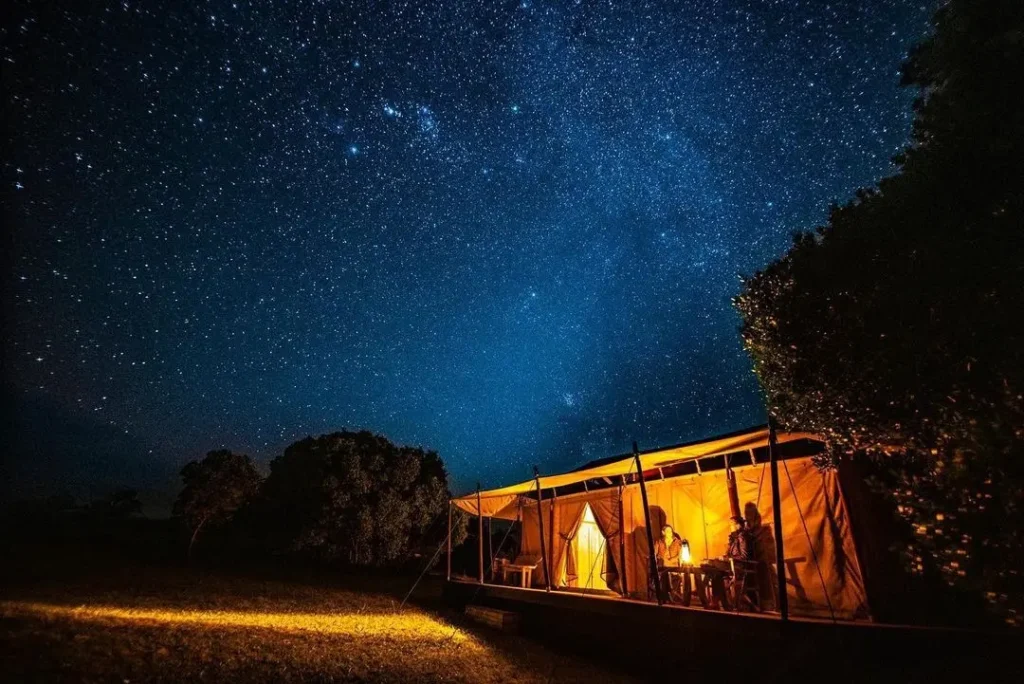
Plan Your Ideal Masai Mara Adventure
Every season in the Masai Mara brings its own unique charm, meaning there’s no bad time to visit. However, choosing the best time for your adventure depends entirely on your preferences. Whether you seek fewer crowds, lush green landscapes, or the excitement of the Great Migration, the Masai Mara has something for everyone.
We invite you to experience the magic of the Mara with us at Enkewa Camp. Our eco-friendly safaris, led by local Maasai experts, promise an intimate connection to this extraordinary land. Plan your Masai Mara adventure today and discover what makes this place feel like home to us.
